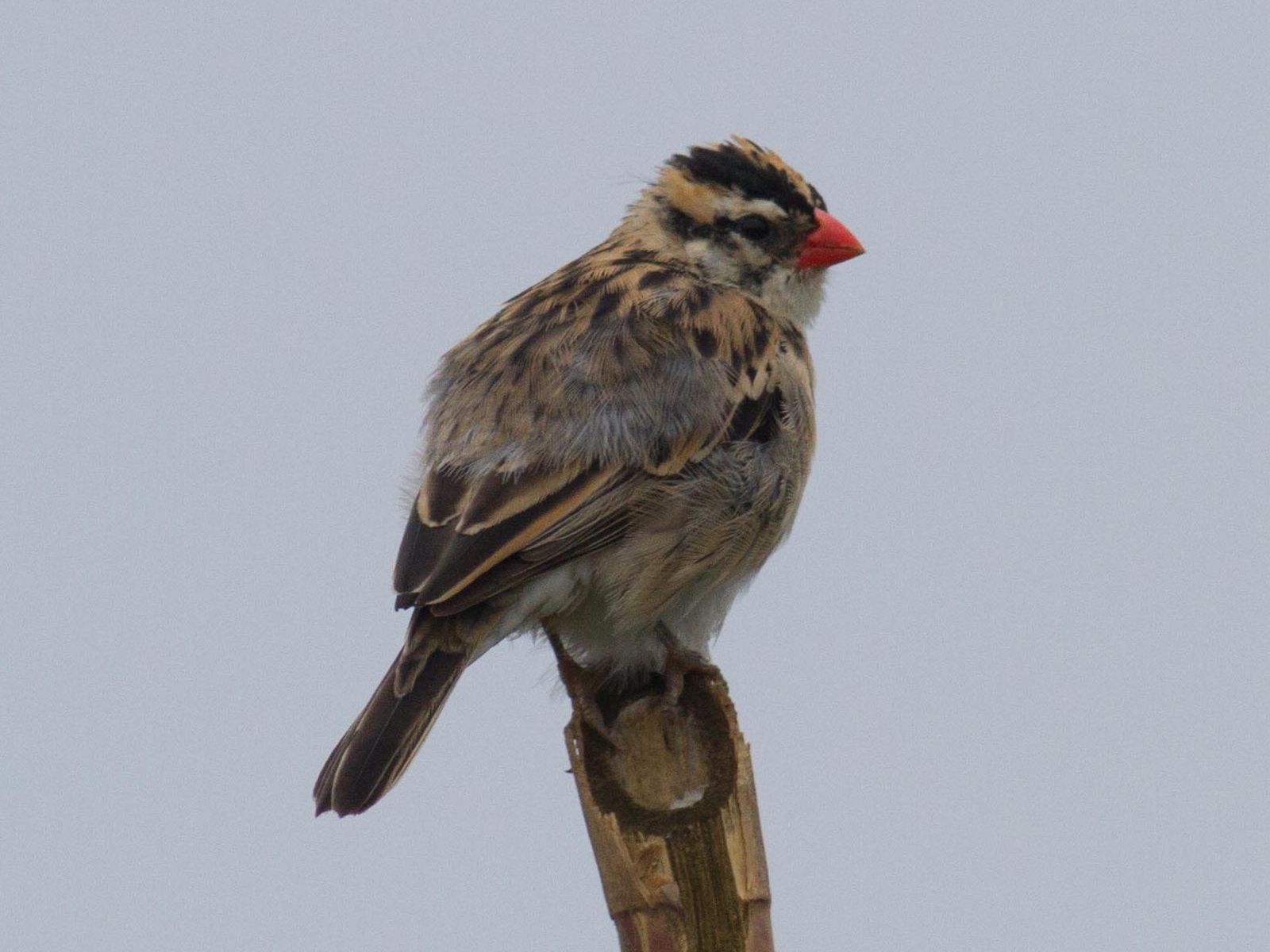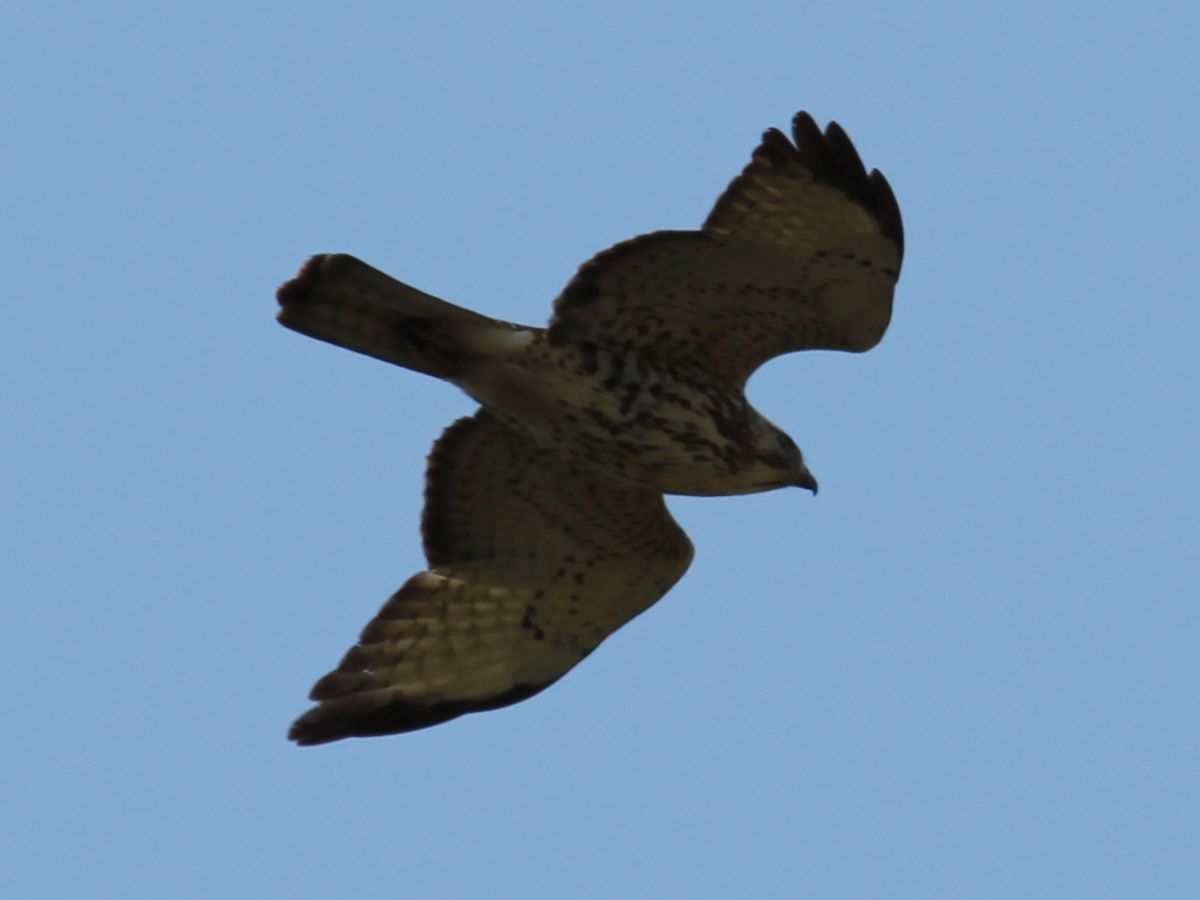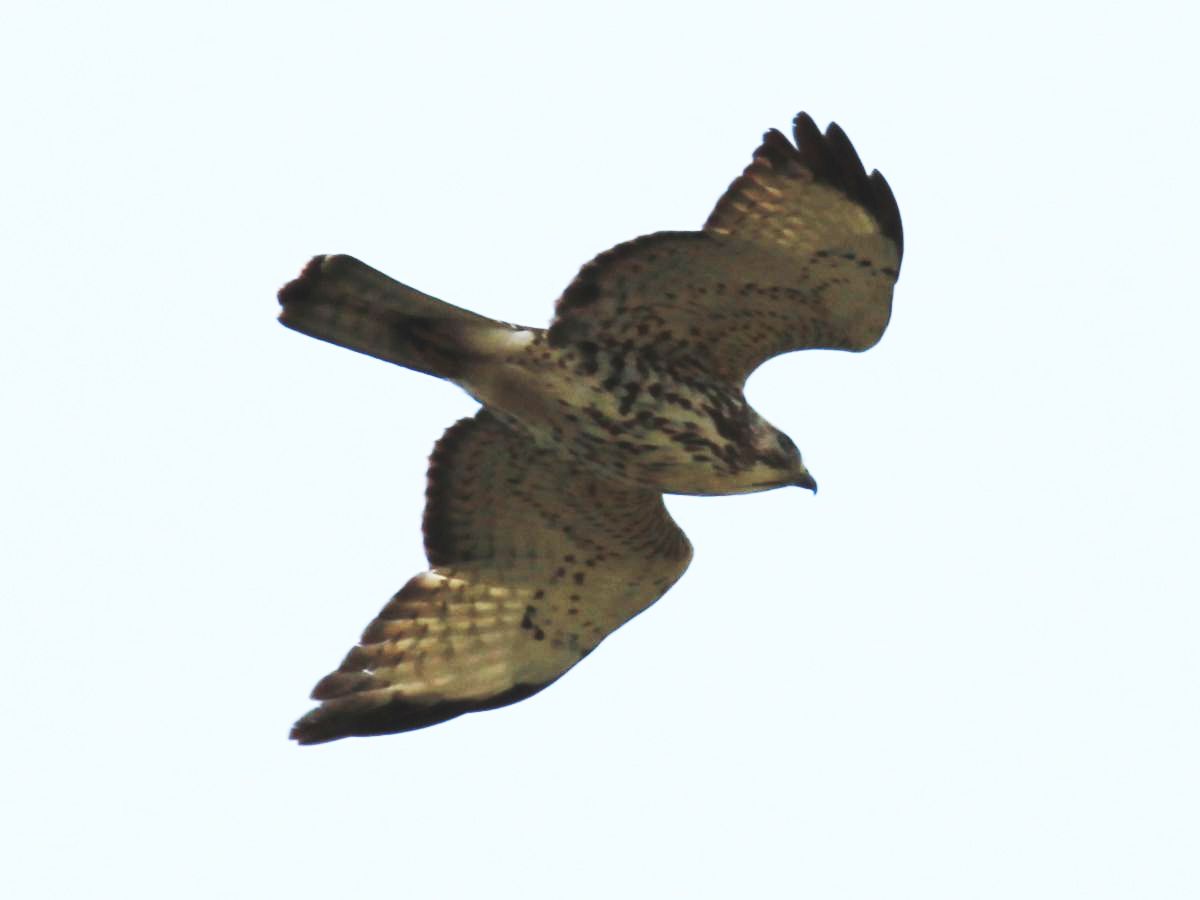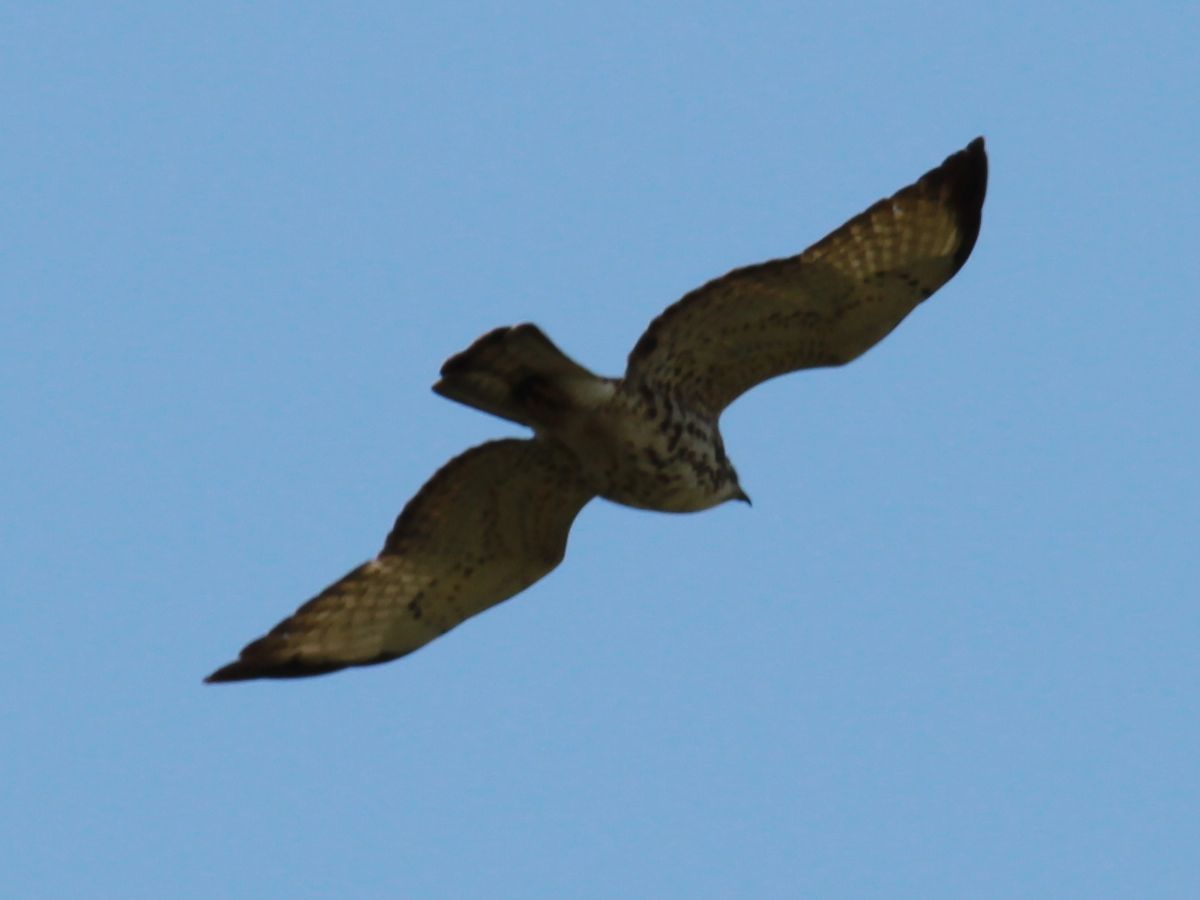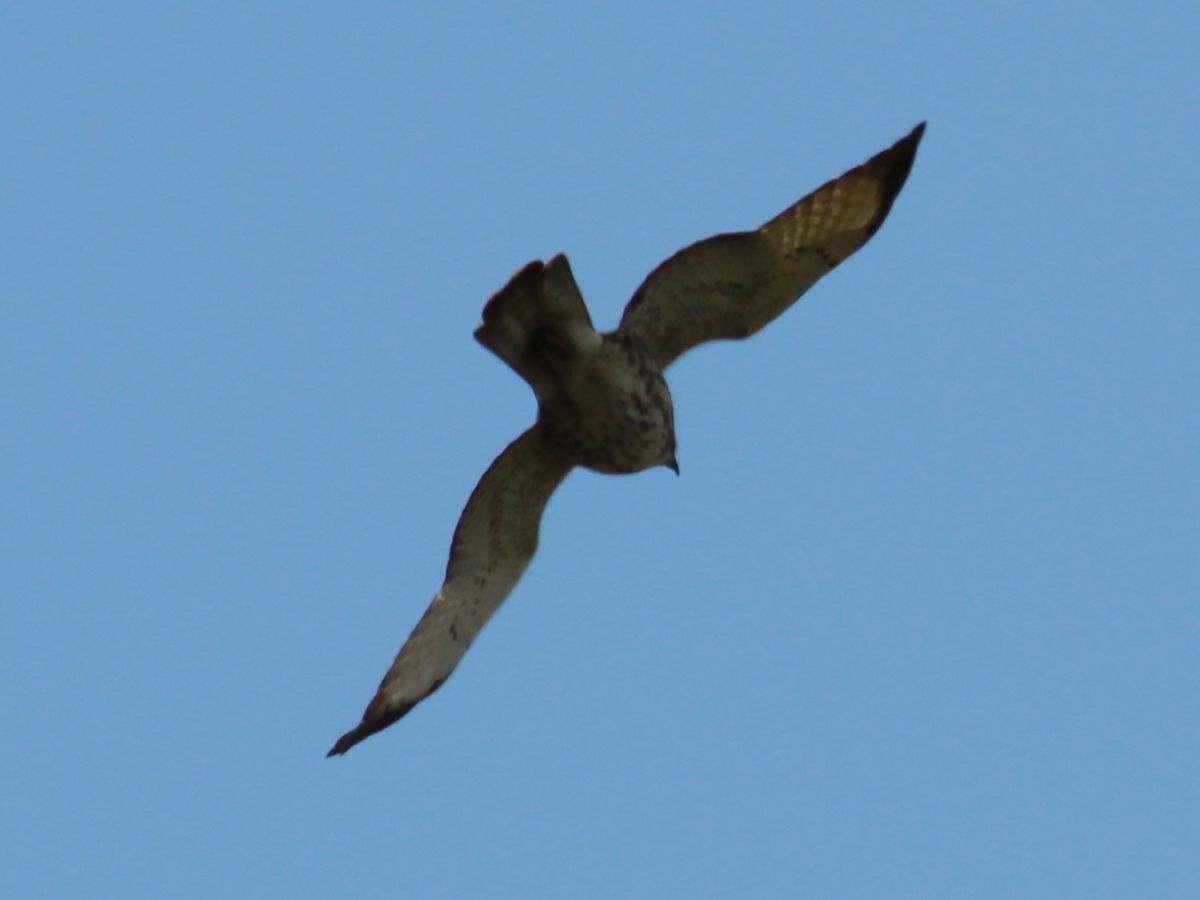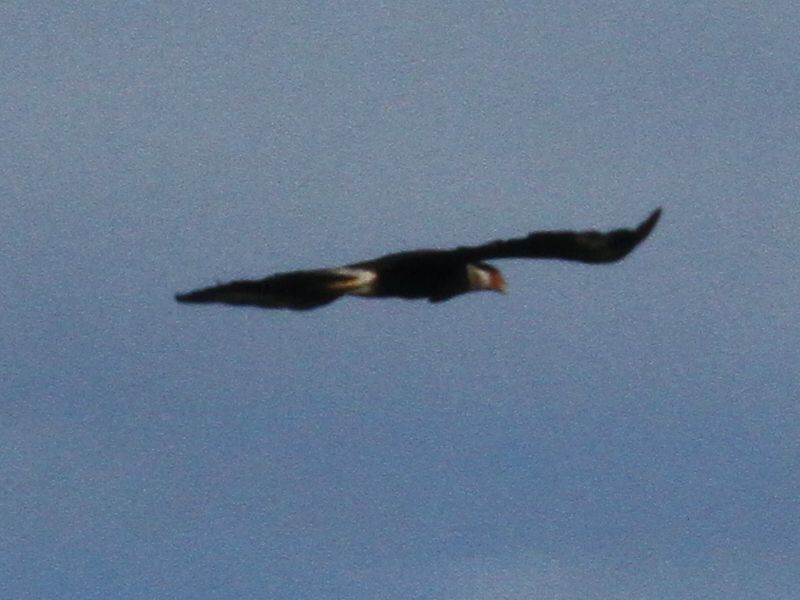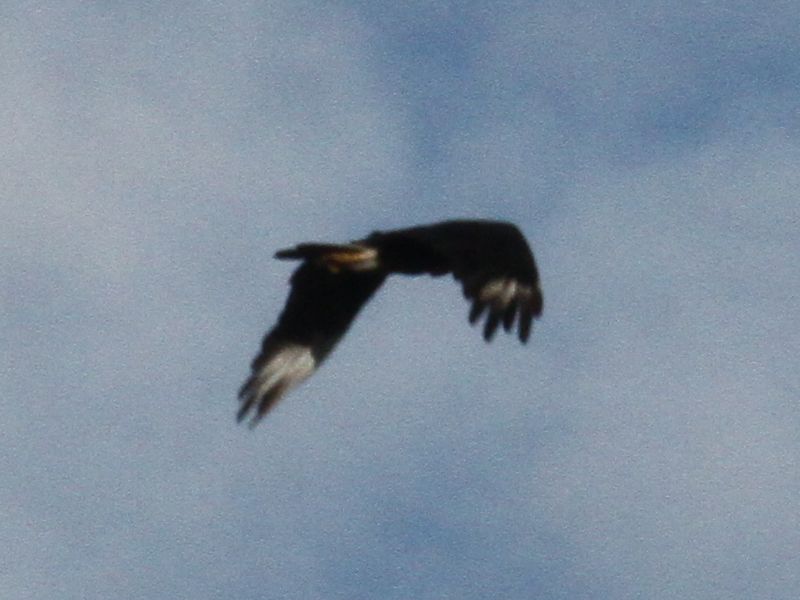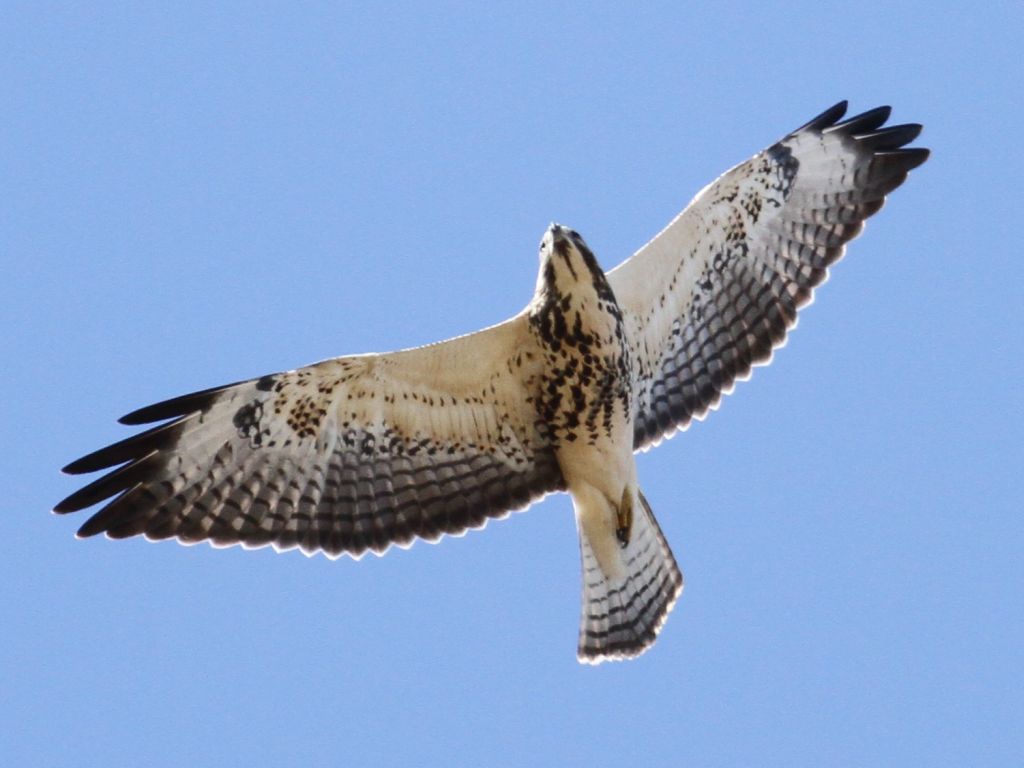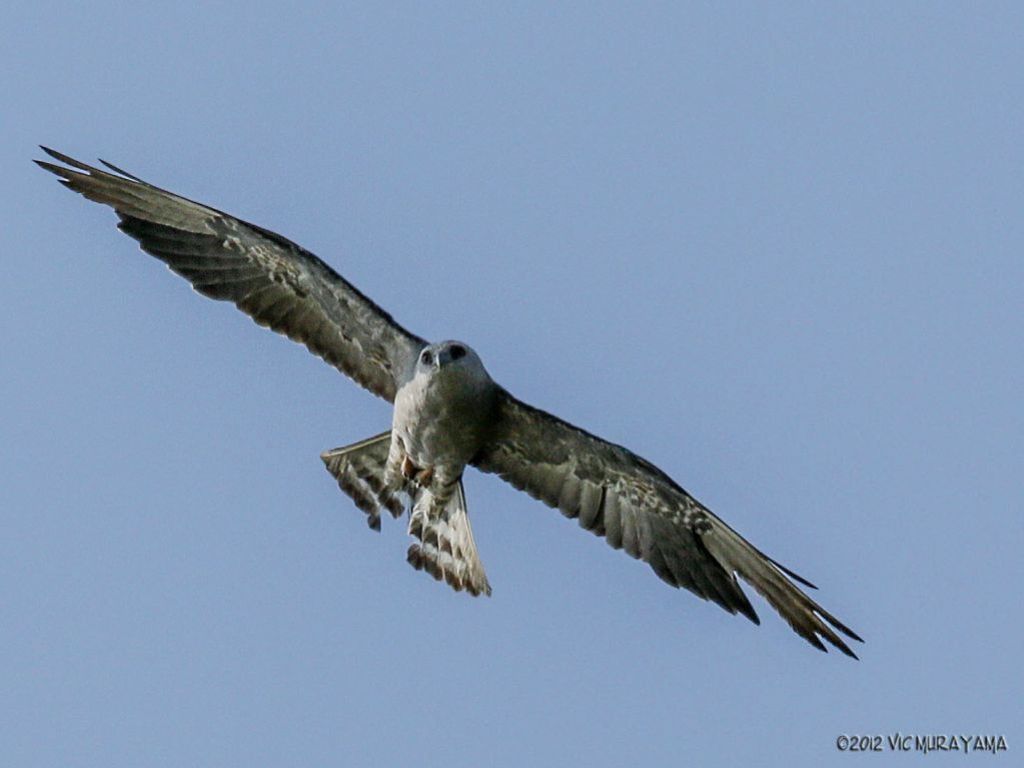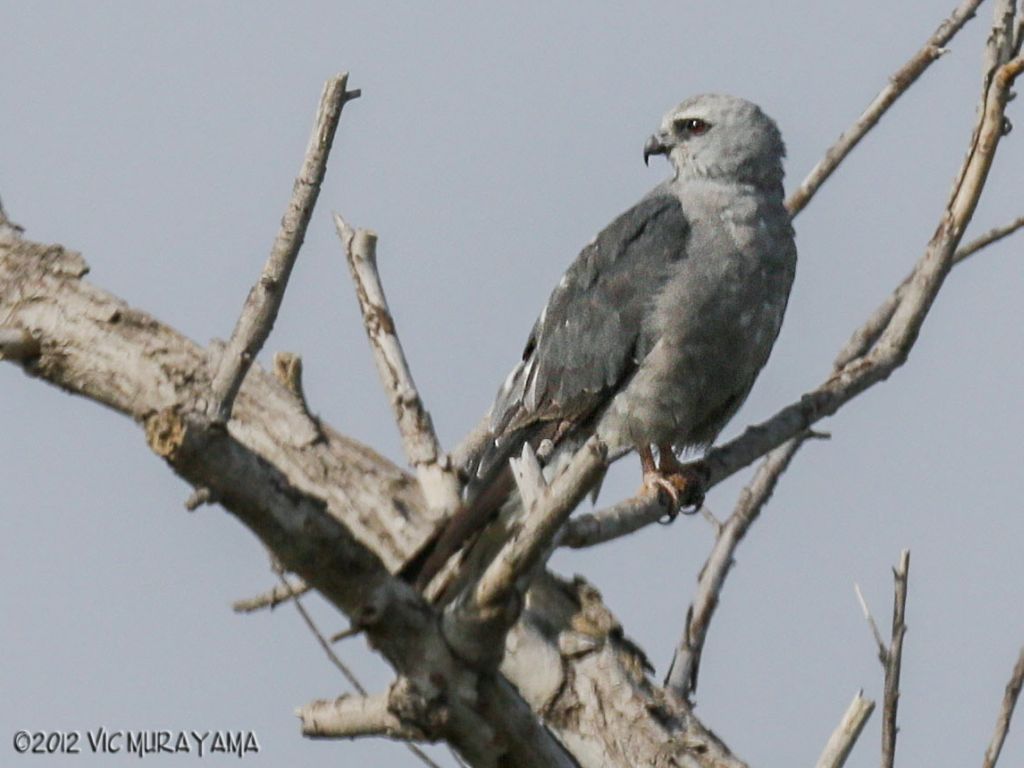[All photographs copyright, Gary Nunn 2013] – Finding the introduced exotic West Mexico “Cinnamon-rumped” form of White-collared Seedeater Sporophila t. torqueloa is now quite easy to do at the Dairy Mart Ponds, Tijuana River Valley Regional Park in San Diego County. This location, right on the Mexico border with the hillside slopes of Tijuana looking down in the distance, has harbored small numbers of this species for a number of years. The birds are assumed to have originated from escaped cagebirds brought to Tijuana since the nearest location they occur is Sinaloa, Mexico. This species is not on the California bird list. On a recent visit I found at least six males singing on territories around the ponds, as well as east across Dairy Mart Road following the riparian corridor towards San Ysidro. No doubt more birds exist further afield in the expanding willow scrub edging the drier areas. In this area the species can be found most often singing from quite well hidden perches between 15-25 feet up in willow trees. Look 5-10 feet below the top of the tree for the preferred hidden perch. They can be remarkably hard to see even when closely approached. Early spring, when the trees have not leafed out too much, is a good time to locate the singing males like the one below.
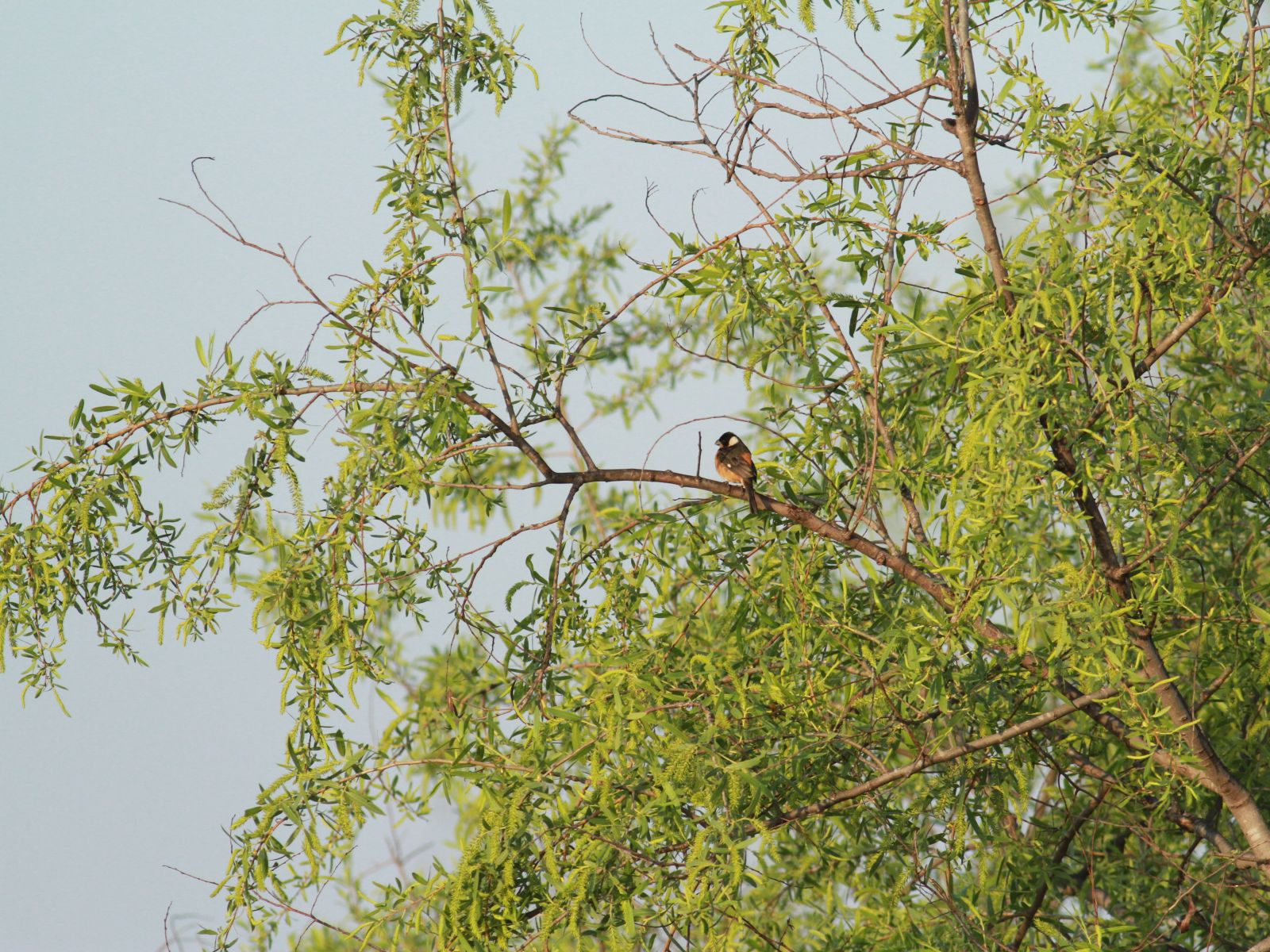
“Cinnamon-rumped” form of White-collared Seedeater – Dairy Mart Ponds, TRV, San Diego County 22 March 2013

“Cinnamon-rumped” form of White-collared Seedeater – Dairy Mart Ponds, TRV, San Diego County 22 March 2013

“Cinnamon-rumped” form of White-collared Seedeater – Dairy Mart Ponds, TRV, San Diego County 22 March 2013

“Cinnamon-rumped” form of White-collared Seedeater – Dairy Mart Ponds, TRV, San Diego County 22 March 2013
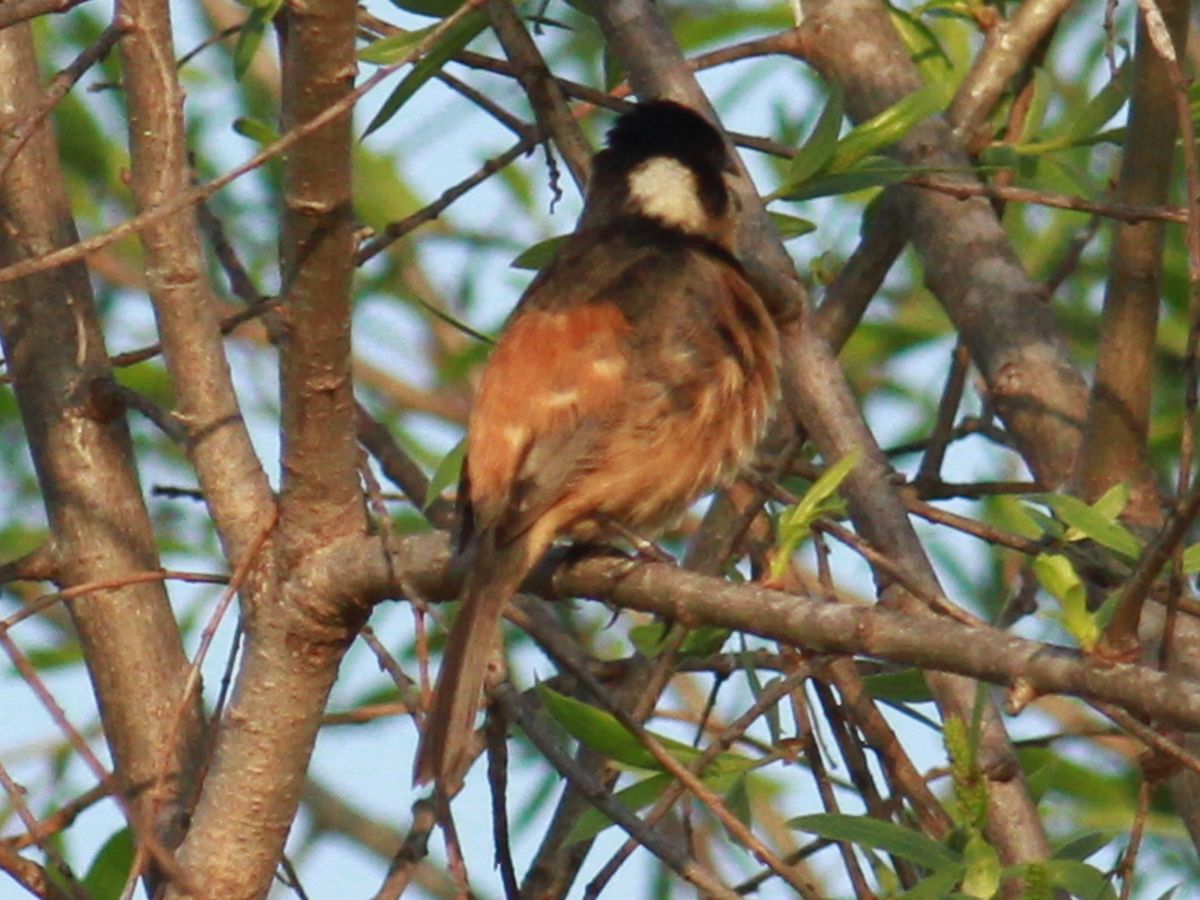
“Cinnamon-rumped” form of White-collared Seedeater – Dairy Mart Ponds, TRV, San Diego County 22 March 2013

“Cinnamon-rumped” form of White-collared Seedeater – Dairy Mart Ponds, TRV, San Diego County 22 March 2013
The song of the “Cinnamon-rumped” form of White-collared Seedeater is fairly easy to pick out among the usual Southern California riparian bird species. Listen particularly for the beginning “sweee-sweee-sweee” phrase, which then goes into a fast tumble of varied notes, and ends with a couple more, less hearty, “tuweee-tuweee” calls. Parts of the song, particularly the middle portion, sound quite similar to Lesser Goldfinch, which is also commonly present around the Tijuana River Valley. A nice recording by Mexican birder Manual Grosselet, well matched to the Tijuana River Valley birds, can be listened to below.



